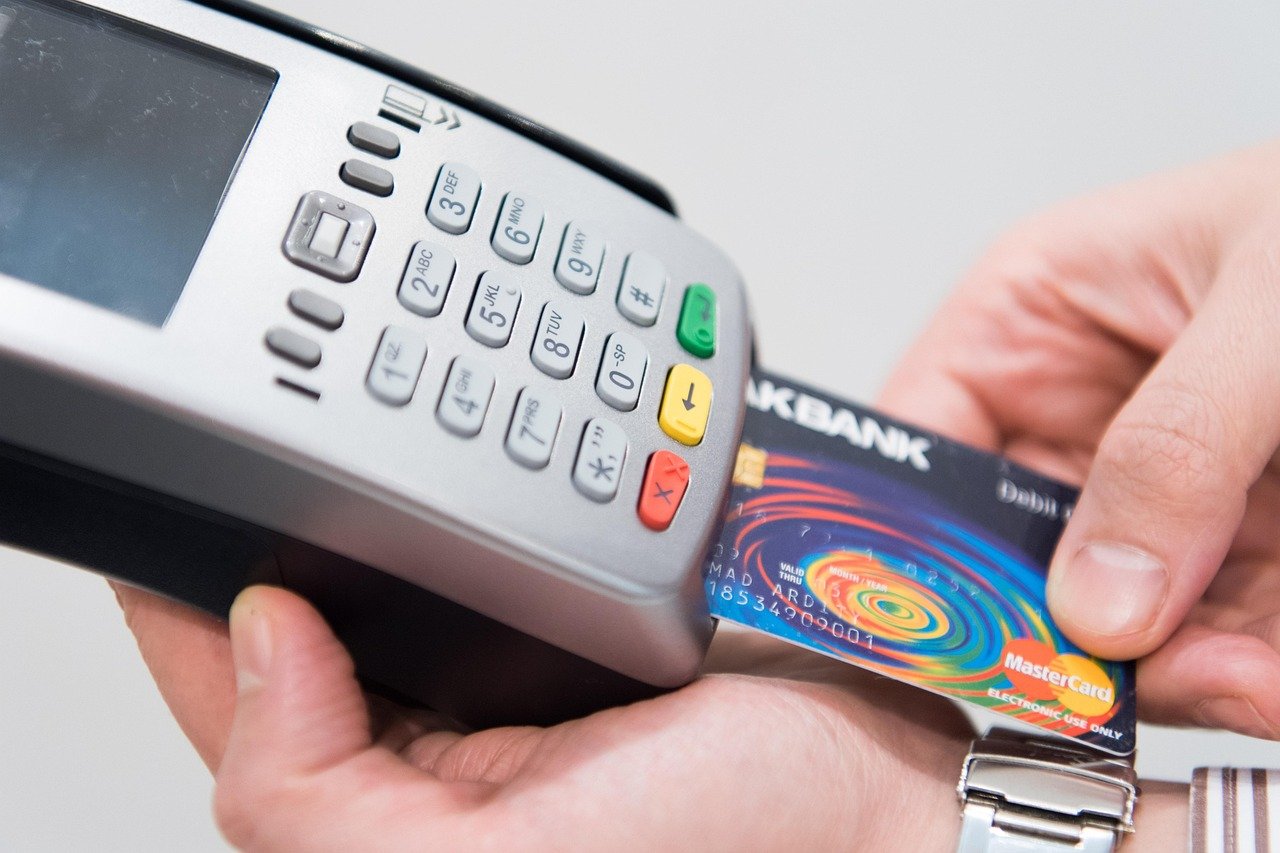Sweden is often praised as a leader in financial innovation. Sweden’s digital payments now account for 90% of all transactions, making it one of the most cashless societies in the world. Yet, experts warn this achievement comes with vulnerabilities. The more Sweden depends on digital payments, the more it risks disruption from cyberattacks and hybrid warfare.
Why Sweden Is So Cashless
In Sweden, mobile apps like Swish and the digital ID system BankID dominate everyday life. Whether it’s buying groceries, paying for fuel, or receiving salaries and social benefits, digital transactions are the default. Physical cash makes up less than 10% of total transactions.
By comparison, most EU countries still rely on cash for 30–40% of payments. Even Germany, traditionally cash-heavy, is moving toward digitalization, though at a slower pace. The European Central Bank is also preparing for the Digital Euro, which could accelerate this transition across Europe.
The Risks of a Fully Digital Society
Cybersecurity experts warn that Sweden’s financial system is a prime target. Marcus Murray, founder of cybersecurity firm Truesec, notes that attacks are no longer just about theft—they’re about causing chaos. If the payment system were to collapse, society could face immediate disruption.
In April, Sweden experienced a major DDoS attack on BankID, which left millions unable to use Swish, transfer money, or access online banking. This highlighted how dependent Sweden has become on stable digital infrastructure.
The central bank (Riksbank) is now working on offline payment systems to ensure that essential purchases—food, medicine, fuel—remain possible even during network outages. Visa and Mastercard have already raised offline transaction limits to €200 to support such scenarios.
European Efforts to Strengthen Resilience
Sweden’s digital payments system is not alone. Across the EU, banks are running TIBER tests (Threat Intelligence-Based Ethical Red Teaming), simulating large-scale cyberattacks to identify weaknesses. Nordic banks such as Nordea, Swedbank, and Handelsbanken have integrated crisis management directly into their business strategies.
The EU’s PSD2 regulation also boosted digital payments by requiring stronger customer authentication and enabling fintech innovation. Yet, the challenge remains: more digitalization means higher systemic risk.
Interesting Facts
- Sweden could become the first country to go fully cashless by 2030.
- The average Swede uses Swish 2–3 times per day, making it one of the most used payment apps worldwide.
- While digital payments are convenient, surveys show that 60% of Swedes worry about what would happen if the system fails.
- Other EU countries like Finland, the Netherlands, and Denmark also have high digital payment adoption, but none as extreme as Sweden.
What This Means for Consumers and Businesses
For consumers, digital payments mean speed and convenience. But it also means dependency on stable networks, electricity, and cybersecurity. For businesses, going cashless reduces costs but increases reliance on banks and tech providers.
Investors should pay attention: fintech, cybersecurity, and digital infrastructure companies are set to benefit from this transition. At the same time, regulatory and geopolitical risks are rising.
Final Thoughts: A Model with Caution
Sweden’s digital payments success shows how technology can transform finance, but it also highlights the need for strong cybersecurity and backup systems. For EU countries moving toward cashless societies, Sweden is both a role model and a warning.
We at Invest Education think that cashless payments is the future. There will definitely be challenges but the convenience and trackability of those type of payments fit well in the digitalization age and consumer demand.
FAQs: Sweden’s Digital Payments
Why is Sweden leading in digital payments?
Sweden’s strong banking system, widespread smartphone use, and government-backed digital ID (BankID) made the shift to digital payments natural.
Is Sweden completely cashless?
Not yet—about 10% of transactions are still in cash. However, Sweden is closer than any other country to going fully cashless.
What happens if the Sweden’s digital payments system crashes?
The Riksbank is developing offline card payment solutions to ensure essential goods can still be purchased during outages.
How does Sweden compare to the EU in digital payments?
Sweden leads with 90% digital payments, while the EU average is closer to 60–65%. Germany and Italy remain cash-heavy, while Finland and the Netherlands are more advanced.
Featured Image by Ahmad Ardity from Pixabay

